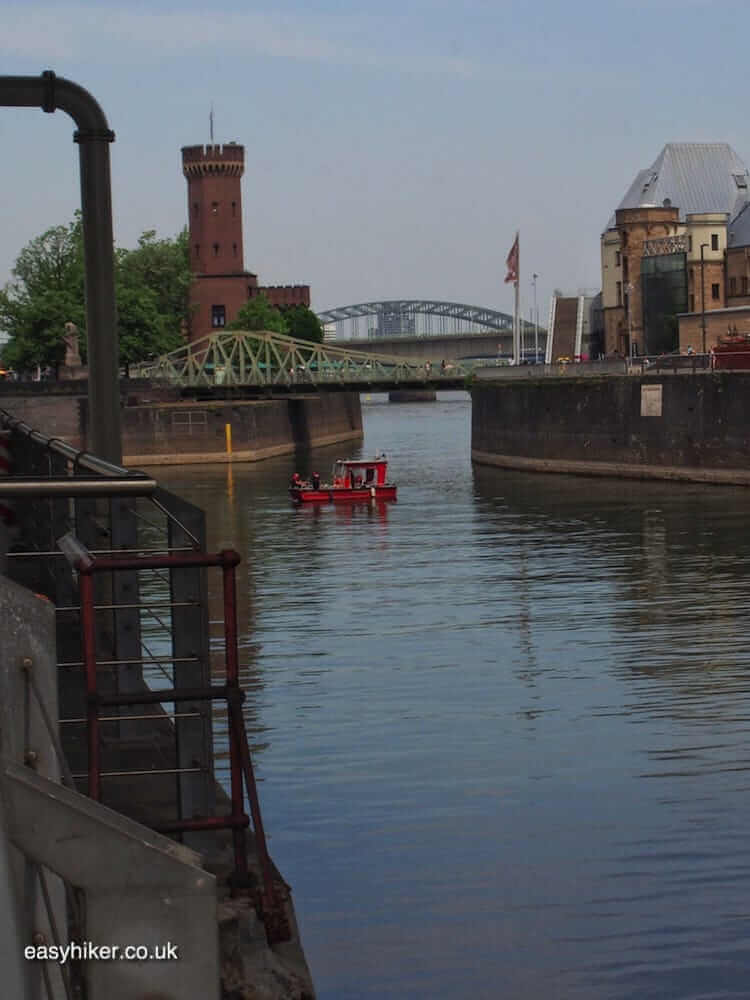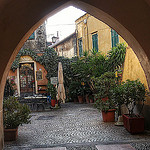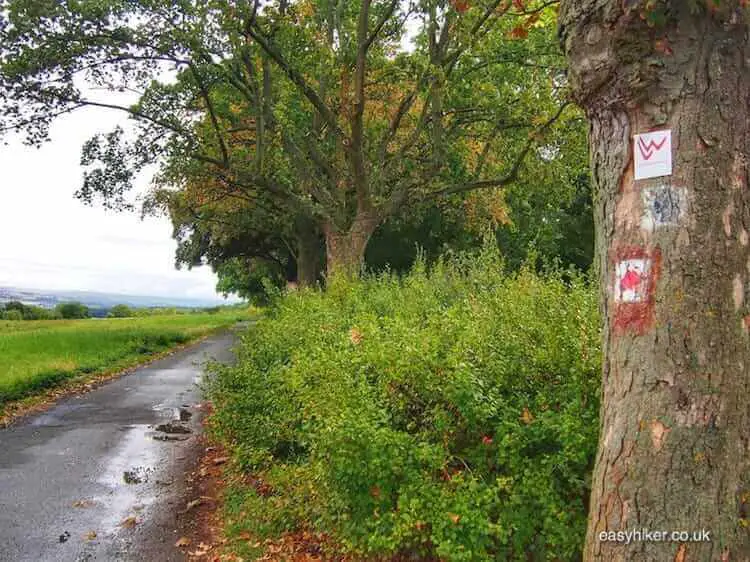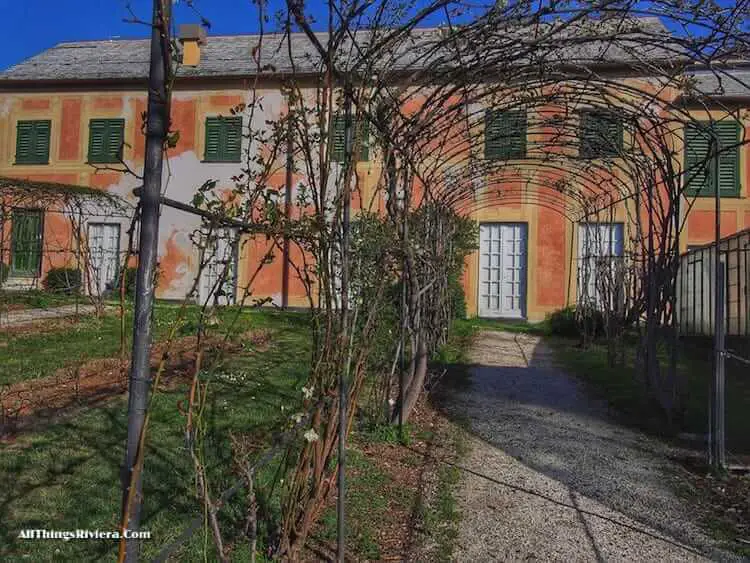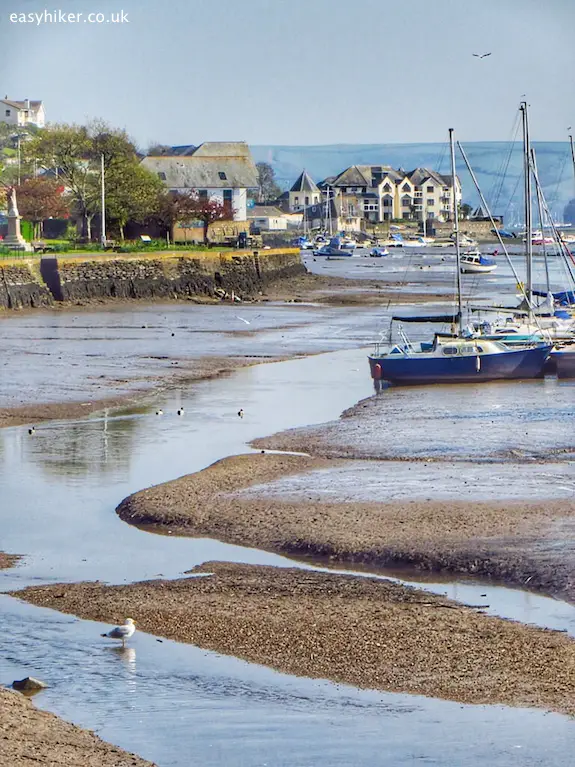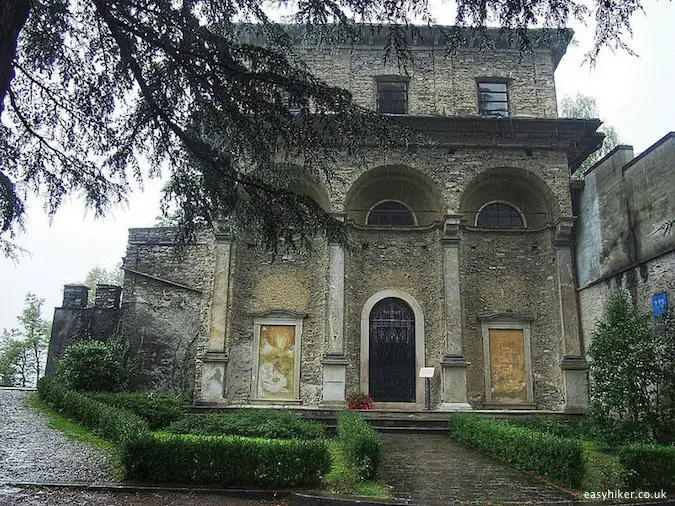Why is Germany such an uncool travel destination?
One reason, I suspect, is that most of her major cities come across as rather charmless. Not that they lack historical interest or scenic spots.
The problem is that any such attractions have been buried in mundane urban fabric and that you have to look for them amidst architectural crimes from the 1960s and 1970s.
The best example for this is Cologne, the oldest of Germany’s major cities with a story of continuous settlement that reaches back for 2000 years.
Cologne was established by Julius Caesar (during the Gallic Wars, as the north-eastern outpost of the Roman Empire) and soon grew to 50,000 inhabitants, roughly as many as London had at the time.
During the High Middle Ages, Cologne was second only to Paris among continental cities in terms of size and cultural importance.
If you visit Cologne today, however, you might be forgiven for seeing it essentially as a city of 4-lane urban highways and grimly functional buildings made from concrete and grey brick.
More than anywhere else in Germany, you must know where to go.
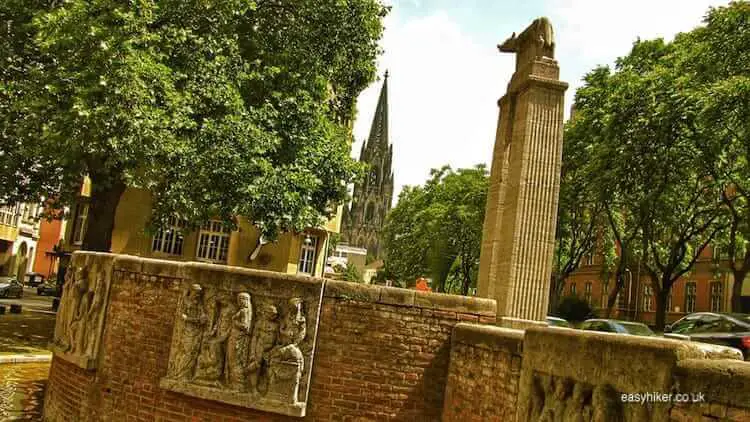
One excellent way of exploring the city is a pilgrimage to discover the old Romanesque churches of Cologne.
And when I say old, I mean old: there is little in Cologne’s ecclesiastic infrastructure of this late medieval, new-fangled Gothic style. With its Romanesque style, nearly all of it breathes solid late antiquity.
Indeed, no other city north of the Alps can boast of so many fine churches from this early period of Christianity.
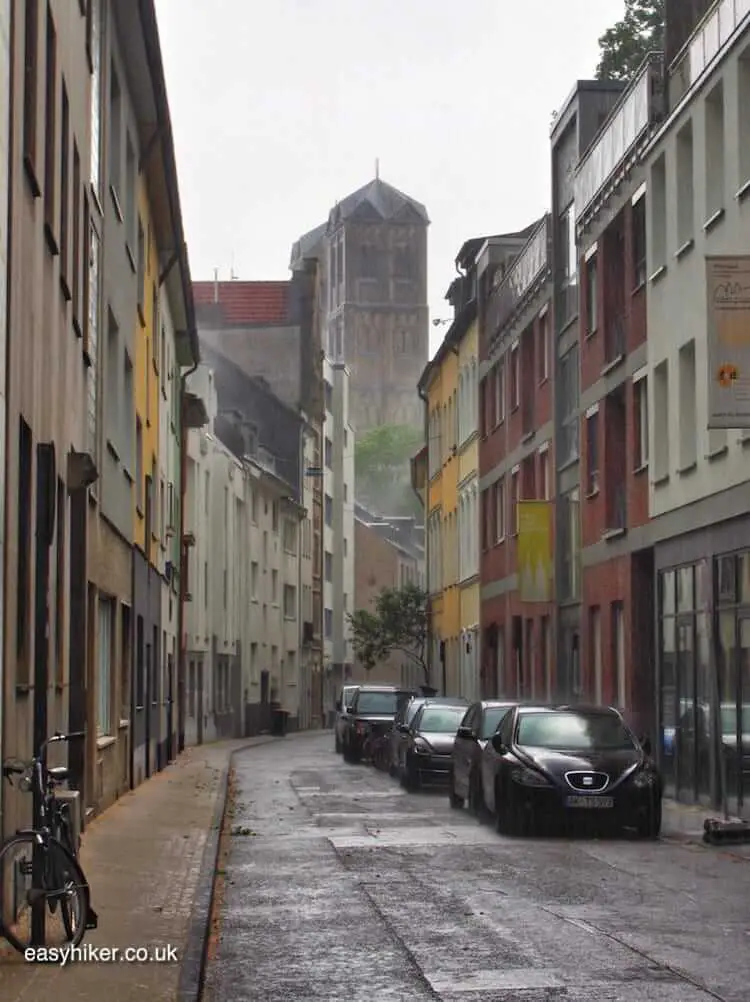
There are twelve such churches, to be precise, and you can easily see them all in a day – on a walk that will take you through the town centre and many historical quarters on its periphery.
At the end of this day, you will know not only the town’s churches but will also understand the whole of Cologne much better than before.
I am well aware, however, that many visitors simply do not have the time to dedicate an entire day of their schedule to such an exploration, which is why we present this walk in two parts: part one where we will visit the six churches in the town centre (on a relatively brief, two-hour route), and part two which is dedicated to those churches that lie a little further out.
Next week, I will also suggest how you can combine the two parts into a single circular walk – and where best to stop for lunch half-way through your trip.
Discovering the Romanesque Churches of Cologne
We start today’s walk at the train station, opposite Cologne Cathedral, Germany’s most frequently visited tourist attraction, but – as a celebrated specimen of the later, Gothic style of church building – outside of our architectural purview.
Once you are here, however, you may as well take a good look at the Cathedral, if only to develop an eye and a feel for the differences between styles.
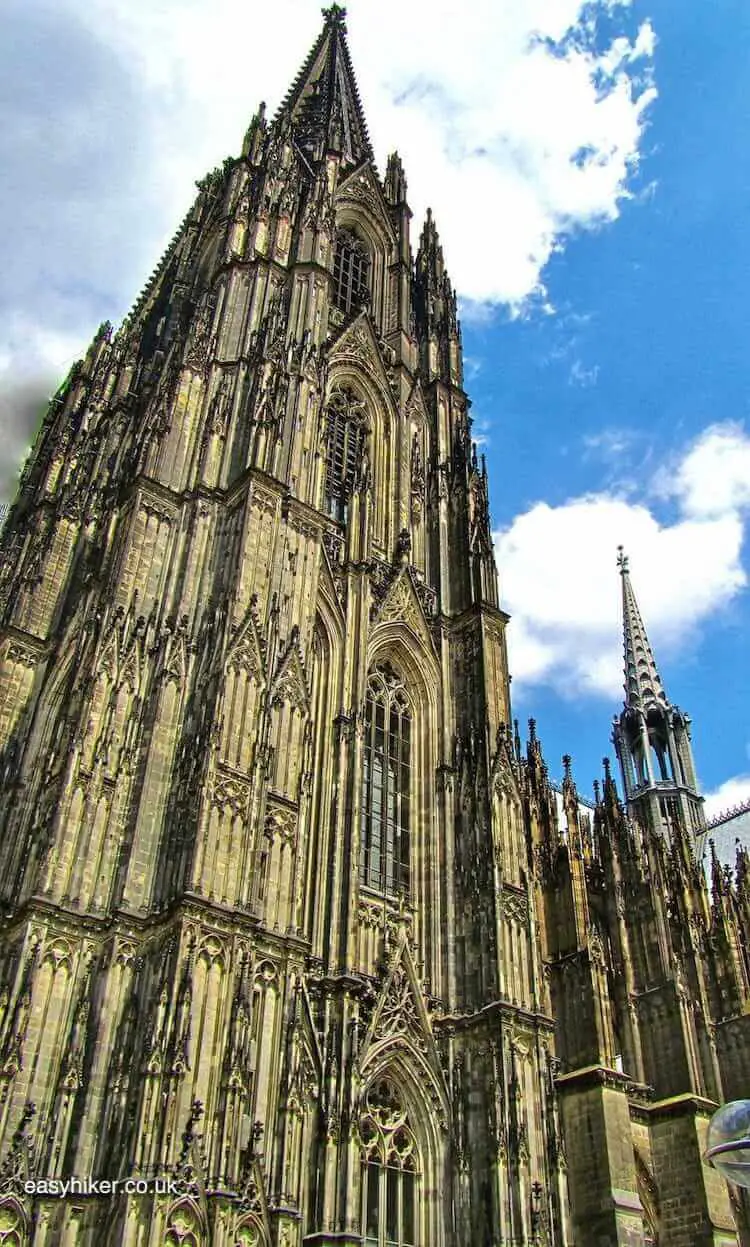
Bear in mind, however, that much of what you see today – including the Cathedral’s two towers – was only finished in the 19th century and is therefore as authentically “medieval“ as St Pancras Railway Station.
In buildings that have been in continuous use for centuries, things – as we shall also find later on – are not always what they seem.
Continue to Breslauer Platz on the other side of the train station. Walk into Johannisstrasse and turn right into Kunibertskloster for the first in our list of the great Romanesque churches of Cologne…
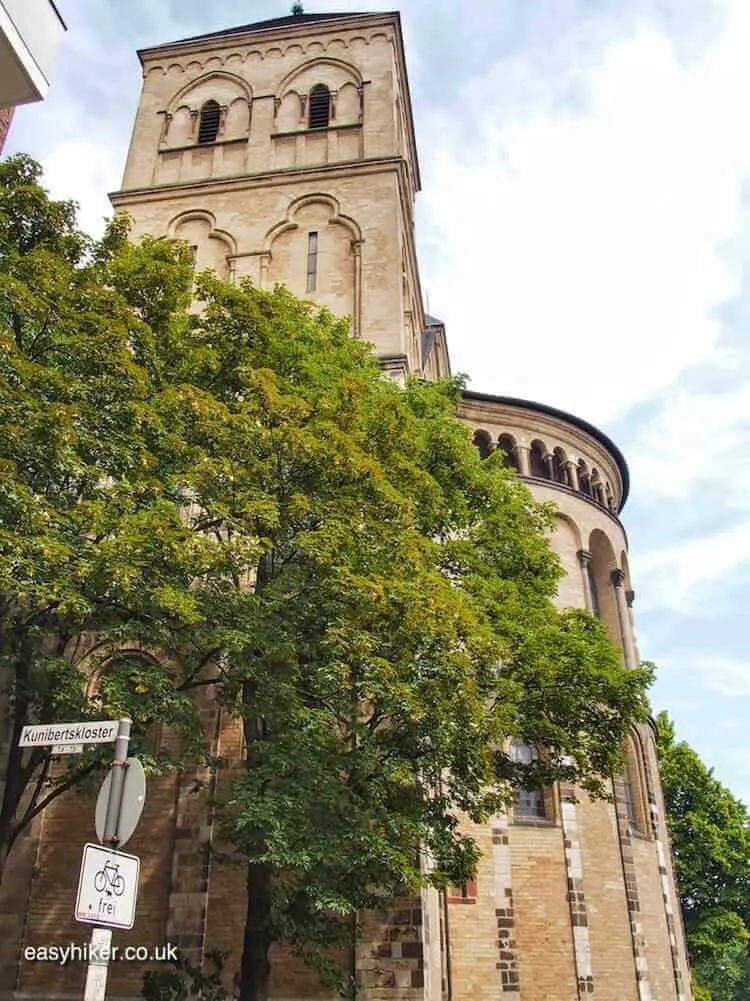
… which also happens to be the newest of the lot.
“New” is, of course, a highly relative concept: construction works at St Kunibert started in 1210 and ended in 1247 (not all churches took hundreds of years to complete), one year before they began to build the Cathedral.
Three times, the church was almost fully destroyed: first by a 14th century fire, then by static problems (in 1860) and finally during the heavy bombardments of WWII (which overall devastated 95 per cent of Cologne’s building fabric).
The church was originally built next to a well which was said to magically increase female fertility: women who could not conceive were advised to drink from its waters. So ladies, be careful: you have been warned.
Turn right to continue on the left bank of the river Rhine for some scenic impressions. You also get a good view of Cologne Cathedral and the filigree structure of its eastern choir, the first section of the Cathedral that was completed (in the 14th century).
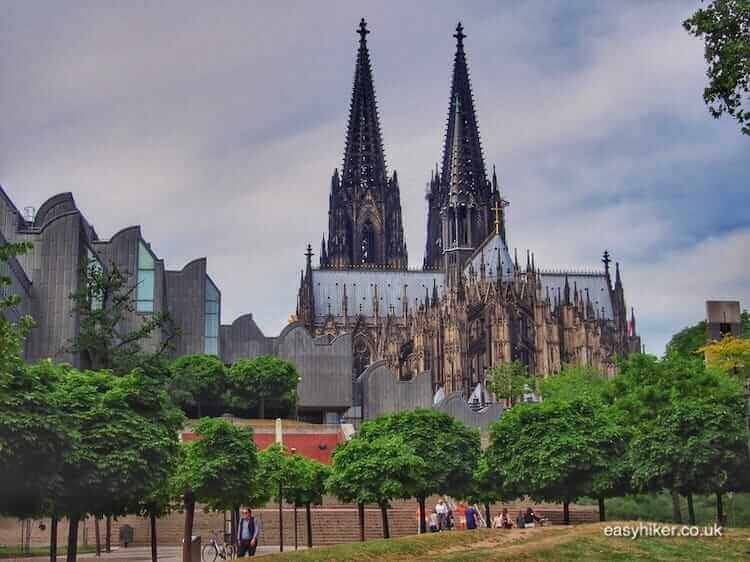
By now, Gross St Martin will already have come into view, the oldest landmark of Cologne’s skyline and main point of orientation for medieval boatsmen.
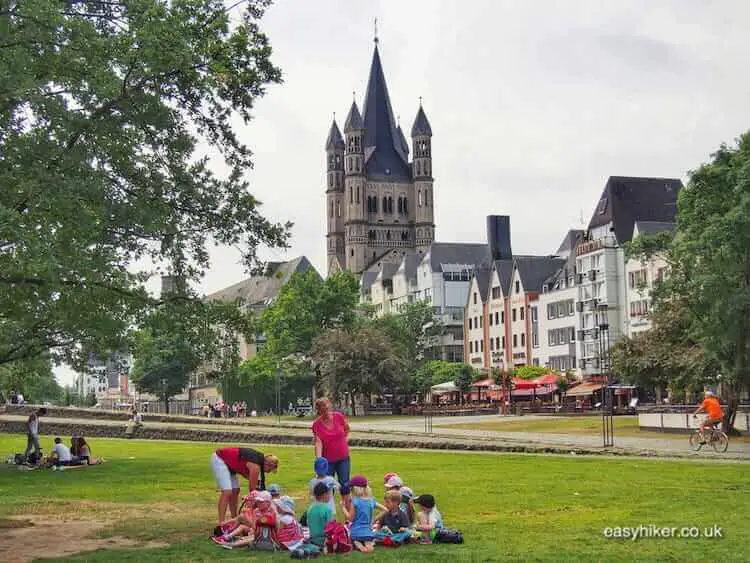
Gross St Martin was originally (in the 12th century) built as a Benedictine abbey, but on much older foundations that had originally been constructed to support a sports club for Roman legionnaires. This was at a time when the Rhine would still have flown on either side of the building.
Today, Gross St Martin is located in the heart of Cologne’s (small) Altstadt quarter with many pubs, bars and restaurants. Well worth a look, even if you do not feel peckish (yet).
Cut inland just before Gross St Martin into Grosse Budengasse and stay on this street through its many name changes before turning left into Gertrudenstrasse.
The Apostelnkirche on the far side of the busy Neumarkt square has what you may already recognize as a typically Romanesque feature: namely the design of the choir not in the shape of a cross but with three bulky semi-domes instead.
These so-called conches lend a distinctly Byzantine feel to the building.
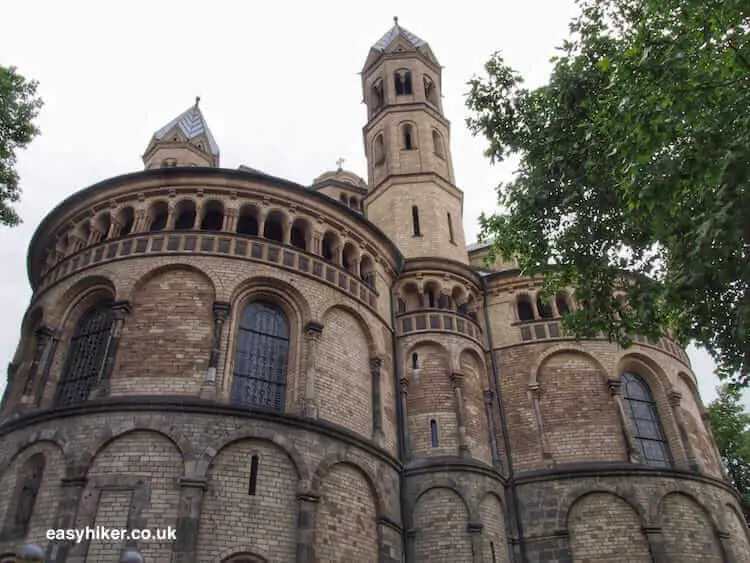
Inside, the church is much more of a mixed batch, with architectural and sculptural elements of different styles and different scales …
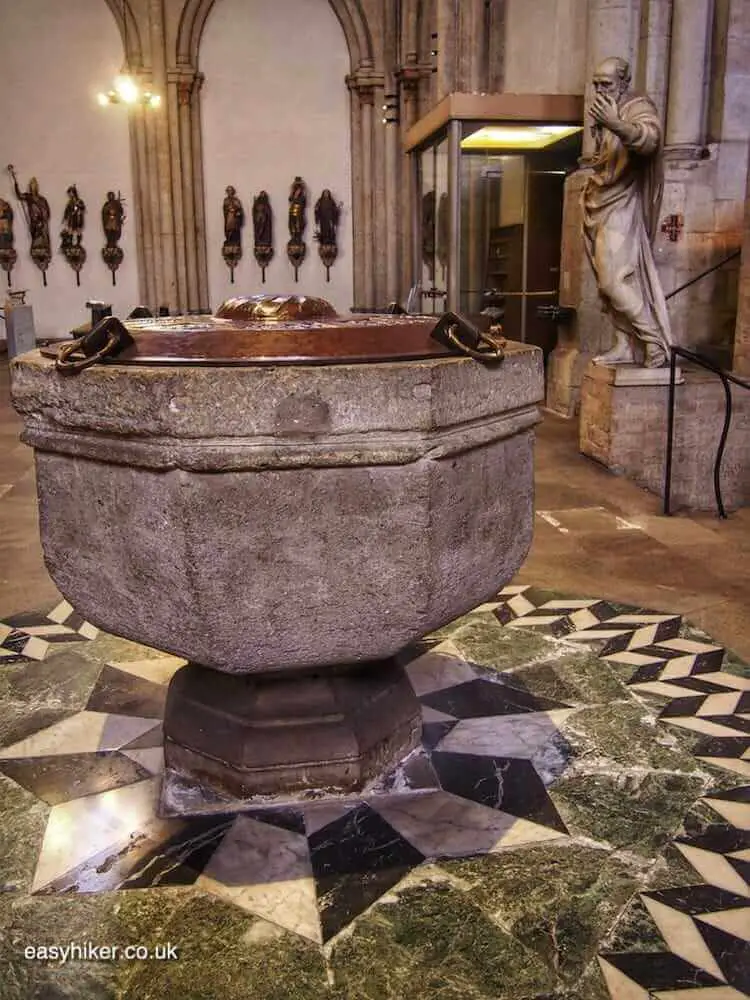
… but the same could be said about practically all of the Romanesque churches of Cologne.
As a rule of thumb, the older the church, the larger the number of changes it was made to undergo through its history.
Continue northwards now (following Apostelnstrasse, Albertusstrasse and Spiesergasse) for St Gereon, possibly Cologne’s oldest church and, for a long time, its largest, too.
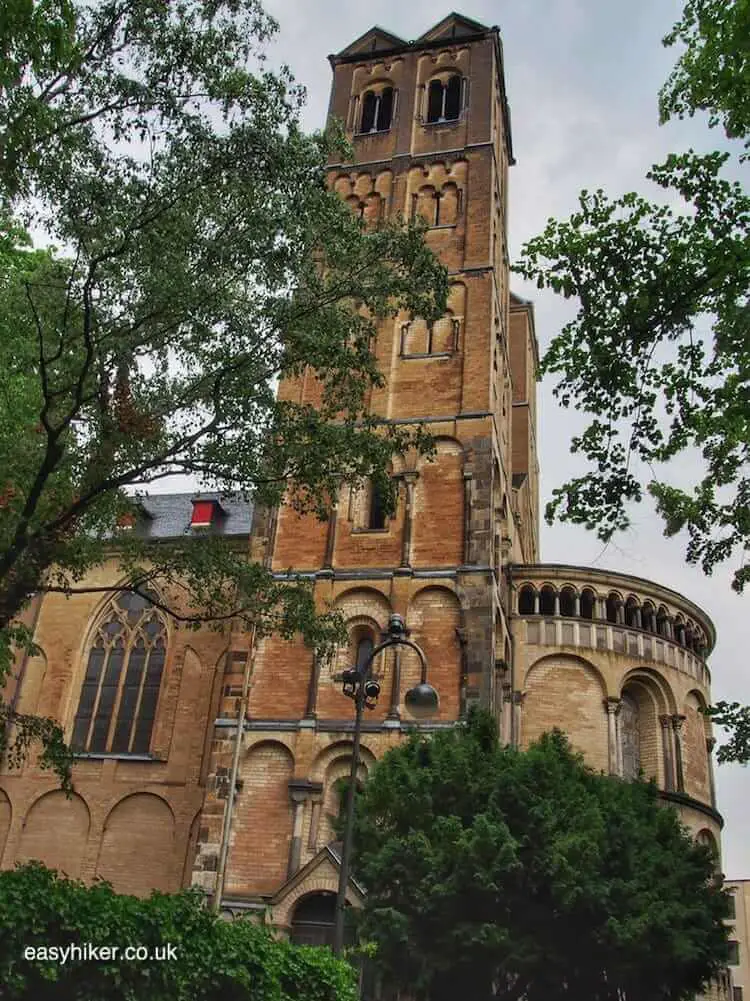
St Gereon was initially built in the 4th century to commemorate the martyrdom of 700 Roman soldiers who, under the command of an officer called Gereon, refused to obey their Emperor’s orders to kill all Christians in town.
With an interior dimension of 20 x 25 metres, St Gereon must have been one of the most monumental structures in early medieval northern Europe.
The church interiors have preserved some of their Romanesque character.
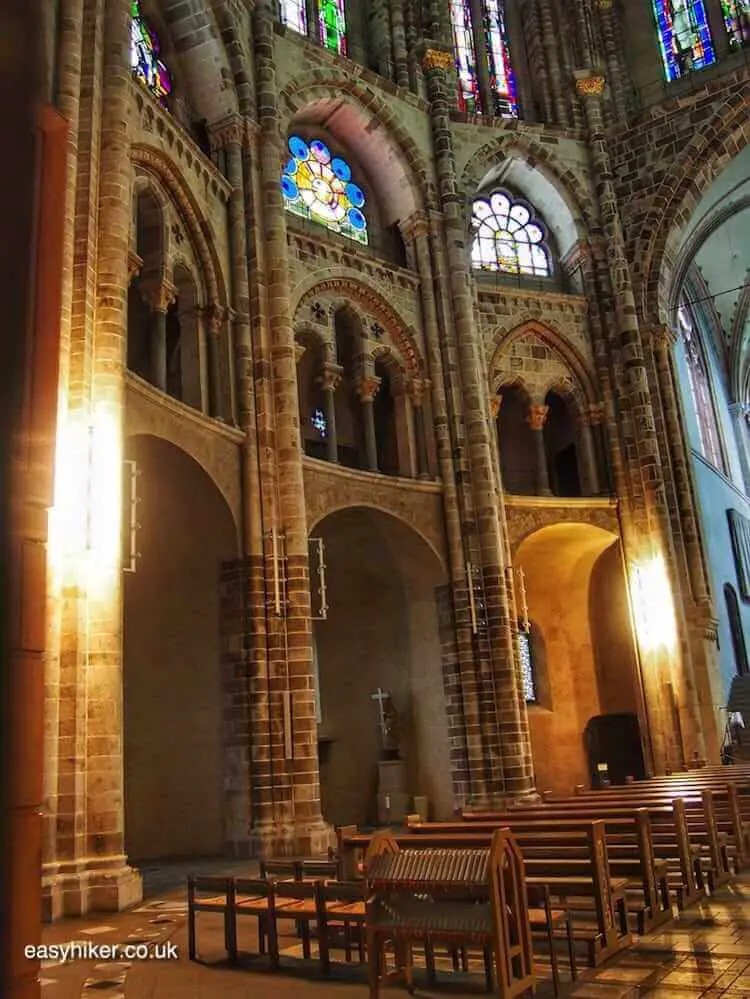
The main entrance is guarded by two statues which were probably both meant to represent lions …
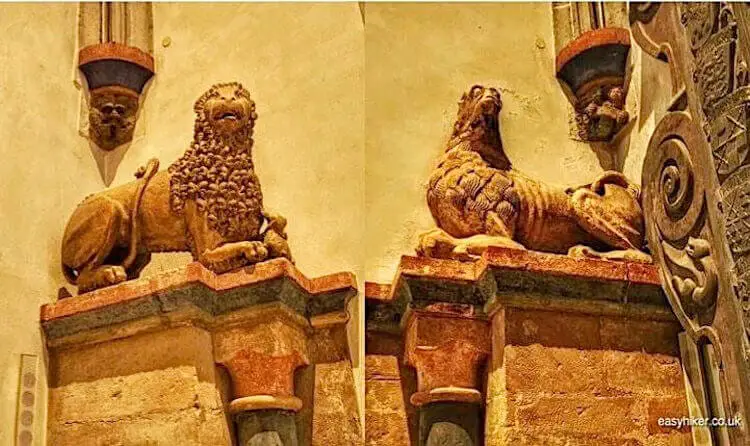
… but which, other than that, do not resemble each other a lot. Experts believe that they were probably nicked at the time from two different, older buildings.
Walk into Klingelpütz, turn right into busy Victoriastrasse and left into Ursulakloster for St Ursula Abbey, built in the 12th century on a hill that already was, at the time, dedicated to early Christian martyrs.
According to legend, Princess Ursula from Brittany was killed after denying the advances of King Attila the Hun, but soon after her death, 11,000 angels descended from heaven to take revenge, routing Attila’s troops and defending Cologne from the bloodthirsty foreign invaders.
The church itself is much changed today after centuries of extensions and additions.
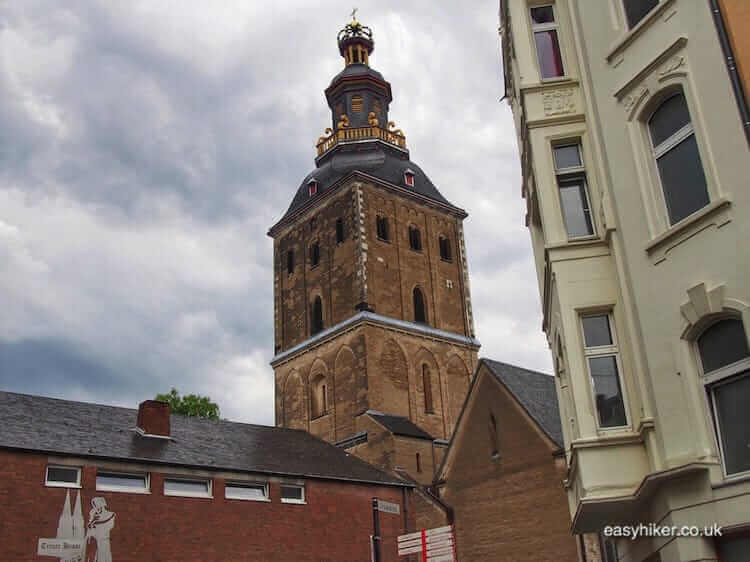
For more on Saint Ursula – she and St Gereon are the patron saints of Cologne – head back to Victoriastrasse, crossing over into Stolkgasse and making your way to Komödienstrasse for St Andreas.
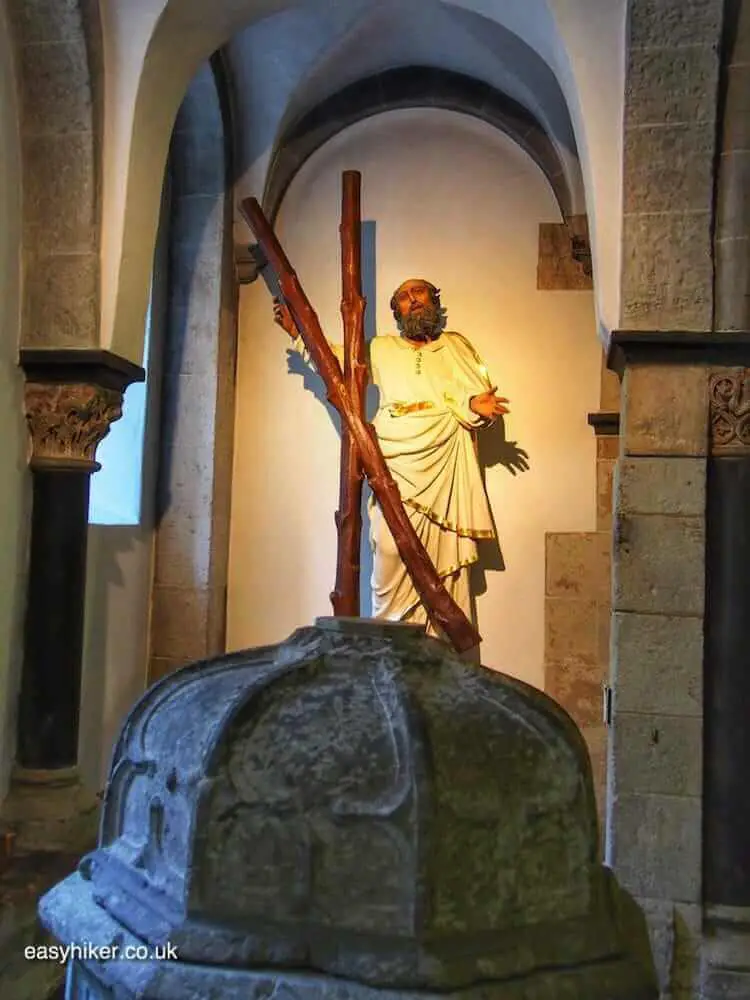
St Andreas, the least WWII-damaged of Cologne’s “Romanesque Dozen” (which is why it briefly served as the replacement church for the Cathedral after the war), houses the “blood well” where the blood of the saint and her equally martyred court maidens has been preserved (allegedly) under a heavy stone lid.
From here, you can walk back to the train station in under five minutes.
Alternatively, join us next week to find the rest of the Romanesque churches of Cologne – and much else besides.
